
The Mystery of the Milk Bottle Dent

I’m just going to say it: I’ve stared at that strange little dent on the side of a milk jug way more times than I care to admit. You know exactly what I’m talking about. That perfect, round indentation — slightly caved in, just sitting there like it’s keeping a secret from the rest of us.
And, believe it or not, it actually is.
If you're like most people, you've probably shrugged it off as some random design choice. Maybe you figured it's just part of how plastic jugs are molded. Or maybe, for a brief second, you even thought it was... decorative?
Spoiler alert: it’s not.
That dent serves a purpose. In fact, it serves multiple clever purposes. So grab your cereal, pour yourself a cold glass, and let’s dive into the unexpectedly smart world of the milk jug dent.
1. It’s a Pressure Buffer (Yes, Like a Built-In Safety Valve)
Let’s kick things off with science. Milk is a temperature-sensitive liquid that expands and contracts as it’s cooled or warmed. When jugs move from warm delivery trucks into grocery store coolers, and eventually to your fridge, small temperature changes are inevitable.
Here’s where the dent shines: it acts like a built-in pressure valve. As the milk inside expands due to heat, the dent allows the jug to flex without cracking. It’s like giving the jug a little “give” space, absorbing the pressure changes without letting things go south.
Without that feature? The plastic might bulge or even rupture. And heaven help you if you toss it in the freezer — the dent helps handle the pressure of expanding ice crystals too.
In short: the dent is your jug’s stress ball. Quietly squeezing under pressure so your fridge doesn’t become a dairy disaster zone.
2. It Acts Like a Shock Absorber (Because We All Drop Things)
Raise your hand if you’ve ever dropped a full milk jug onto the kitchen floor. Yep, same.
Here’s the thing: that dent isn’t just for show. It functions like a shock absorber. The rounded indentation helps disperse the force of impact across the surface of the jug. That means if it falls, the plastic is less likely to split open and unleash a tidal wave of milk.
It’s a small design feature that saves you from having to mop your kitchen floor at 7 AM. Bless.
3. It Adds Strength — Without Extra Plastic
This part’s for the design nerds and eco-conscious folks out there.
Structurally, the dent reinforces the jug’s shape, kind of like the way a dome strengthens a building or how ridges add durability to a cardboard box. It gives the jug stability and strength — without having to use more plastic.
Why does that matter? Because more plastic means more weight, more cost, and more environmental impact. The dent is an elegant solution that strengthens the container while keeping it lightweight and economical.
It’s clever, low-cost engineering — minimalist and efficient. Marie Kondo would approve.
4. It Might Be an Early Warning System for Spoiled Milk
Now for the truly wild part: that dent might actually warn you when milk is starting to spoil.
When milk begins to turn, bacteria multiply and release gas. As the pressure inside the jug builds, it can cause the dent to puff out. If you notice the indentation suddenly bulging outward, it could mean the contents have started fermenting in all the wrong ways.
Is it a 100% guaranteed system? No. But it’s a subtle, visual clue that tells you, “Hey… maybe give this a sniff before you dump it on your cereal.”
A jug with its dent popped out might be trying to save you from a morning of regret.
5. It’s an Environmental MVP (Without the Glory)
Even though it's barely noticeable, the dent plays a surprising role in sustainability.
Because it allows for less plastic to be used without compromising strength, it contributes to:
-
Reduced plastic waste
-
More efficient recycling
-
Lighter shipping loads (which means less fuel burned in transportation)
-
Lower production costs (that might help keep prices down)
That little design detail helps reduce environmental impact on multiple fronts — quietly doing the work behind the scenes while we sip our milk and go about our day.
So, Next Time You Pour a Glass...
Take a second to appreciate the humble milk jug dent. It’s doing all of this:
-
Managing internal pressure
-
Absorbing impact from accidental drops
-
Reinforcing structure without extra material
-
Warning you if something’s gone funky
-
Supporting eco-friendly packaging
All without fanfare. No blinking lights, no labels, no alerts. Just a simple dent doing its job.
So here’s to the unsung hero of your refrigerator. A silent guardian of freshness, frugality, and function — the little dent that could.
News in the same category


Chin Whiskers in Women

White Tongue …What It Means and What You Can Do About It

Tips for Selecting High-Quality Eggs

Think Twice Before Putting Parchment Paper in the Oven

Proposed Law Would Give Cognitive Fitness Tests To Elderly U.S. Lawmakers

Apple Agrees to Pay Out Users From $95,000,000 Fund After Lawsuit Accused Siri of Listening to Private Conversationsa

How she got her wealth might surprise you too 👀
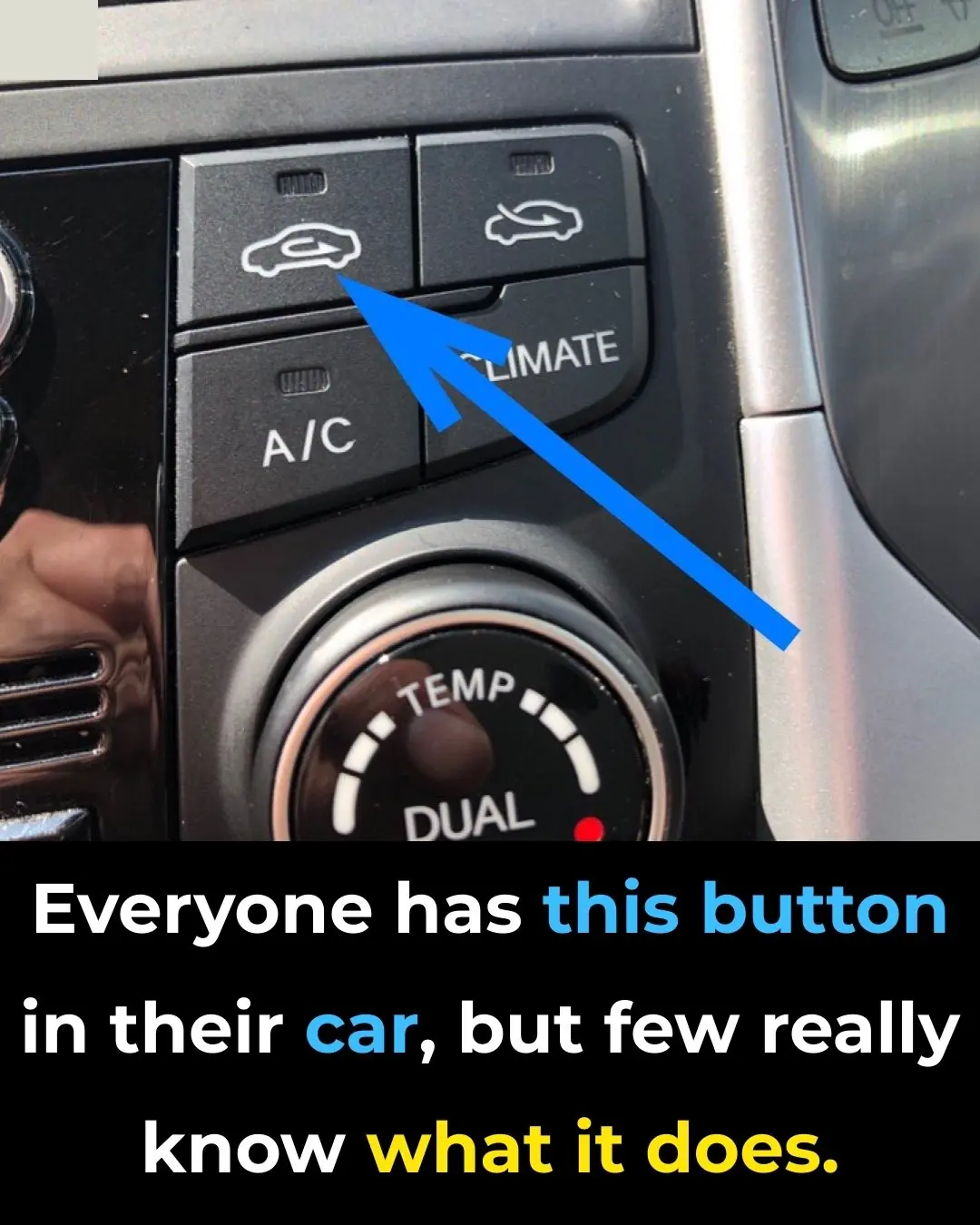
What Is This Button In The Car For

How Long Cooked Food Can Stay In The Refrigerator

Unbelievable: China is About to Launch the First ‘Pregnancy Robot’ to Carry a Baby

This Is How These 10 Worldwide Famous Kids Look Like Now

What Does It Mean To Wear a Ring On The Right Hand

Hotel Workers Reveal What Goes On

Scientists Explain Why ‘Doing Your Own Research’ Leads to Believing Conspiracies

The Richest Americans Still Die Earlier Than the Poorest Europeans

Ring Finger Longer Than An Index Finger

She Spent $70,000 on Cosmetic Procedures — Now She’s Owning Her Beauty Despite the Backlash

Woman employed by popular mobile network sues company after being 'forced' to do nothing for 20 years
News Post

Why Your Legs Cramp at Night (And How to Fix It)

How to Use Rice Water for Gorgeous Hair and Skin (Detailed Instructions)

Beware: U.S. Salmon May Be Crawling with Japanese Tapeworm, Say Scientists
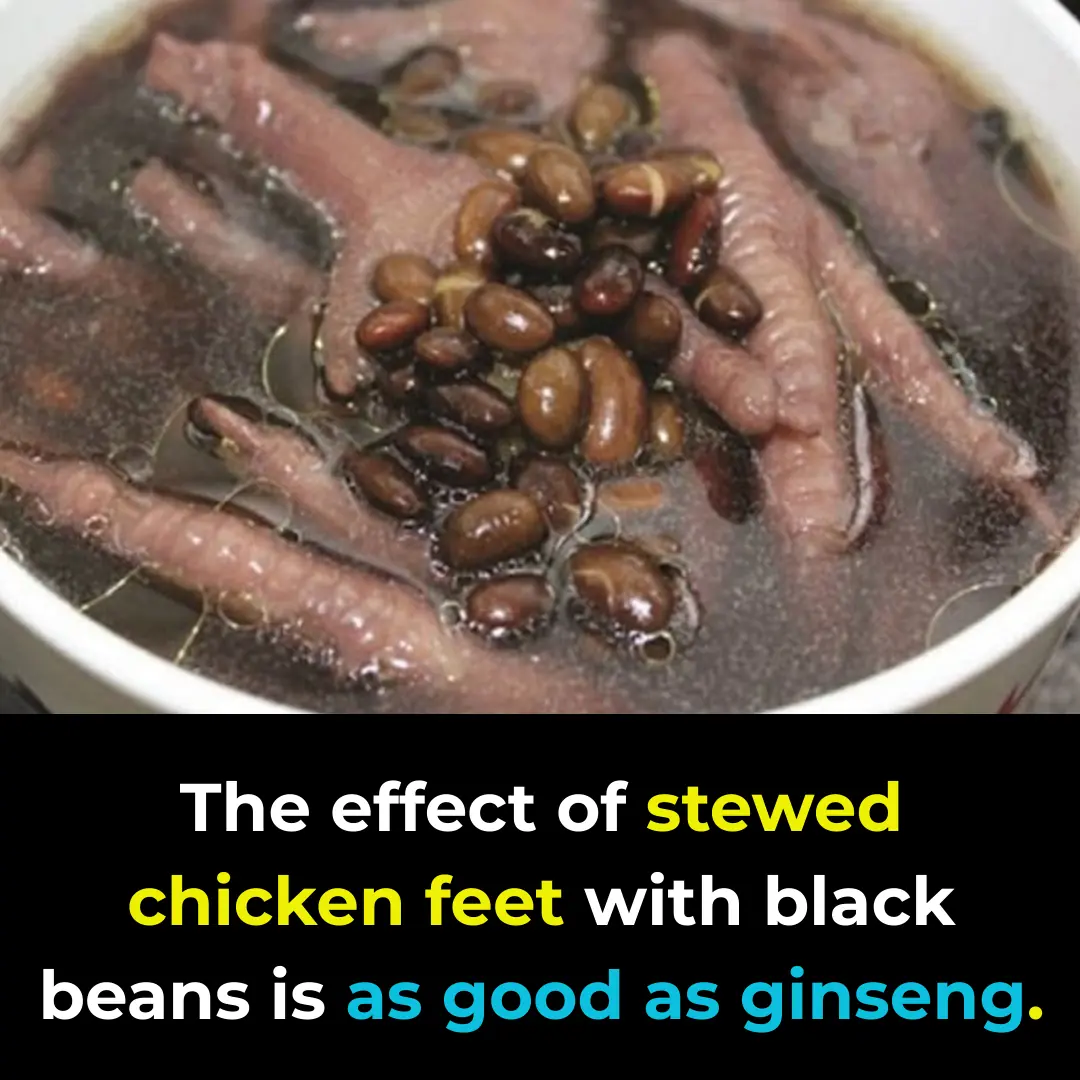
The Benefits of Chicken Feet Stewed with Black Beans – As Powerful as Ginseng
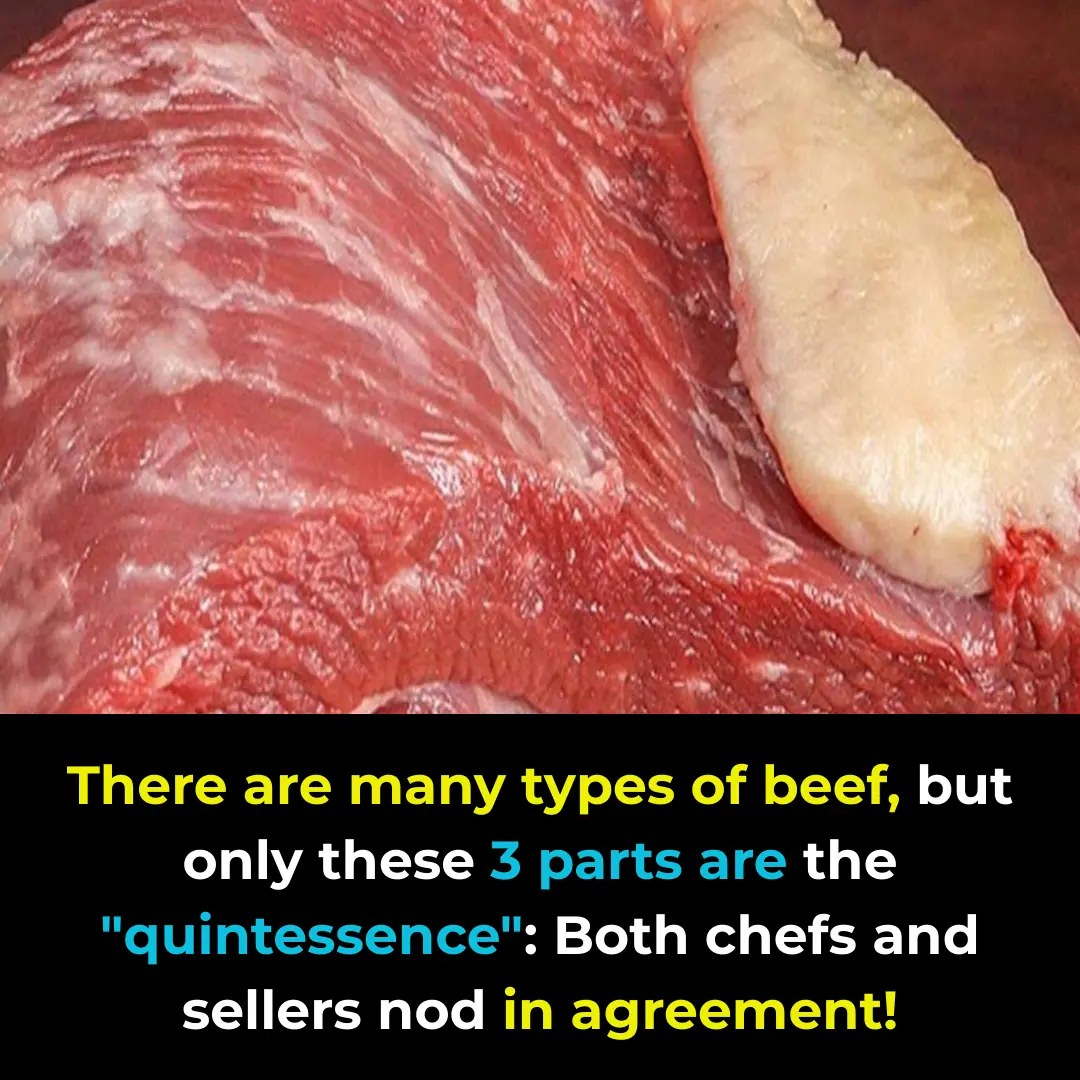
There are many cuts of beef, but only these 3 are considered the true “essence” – both chefs and butchers wholeheartedly agree!
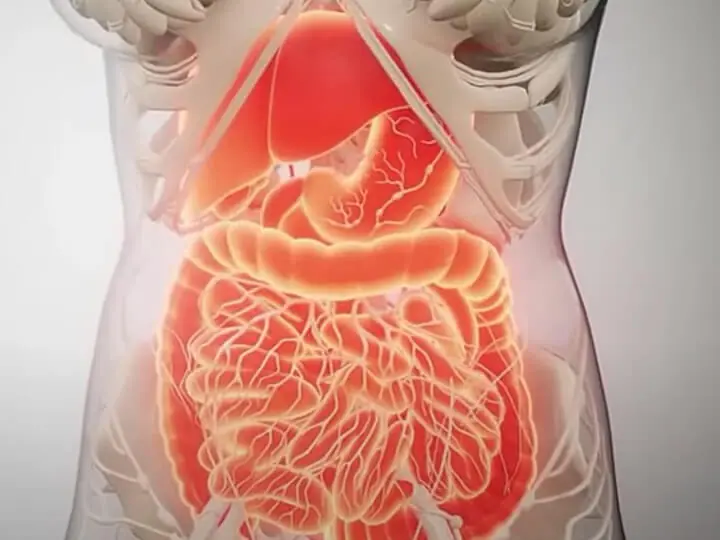
Colon Cleansing: How to Naturally Flush Your Colon at Home (Science-Based)

Put this into a lemon and place it in the corner of your house – mosquitoes will stay away for good

3 Morning Symptoms That May Signal the Onset of Canc3r

"8 abnormal signs warning of c3rvical canc3r that women need to recognize early"

If you don’t correct these 5 harmful eating and drinking habits right away, sooner or later your esophagus will also be “ravaged” by cancer cells.

Is Your Air Conditioner Outdoor Unit Making Loud Grinding Noises? Use This Simple Trick to Make It Run Quietly Without Calling a Technician!

Urgent warning issued to travelers as China takes ‘covid measures’ after reporting 7,000 cases of Chikungunya virus

3 Effective Ways to Prevent Snakes from Entering Your Home Everyone Should Know to Protect Their Family

Signs to look out for amid Gordon Ramsay's health warning after undergoing cancer surgery
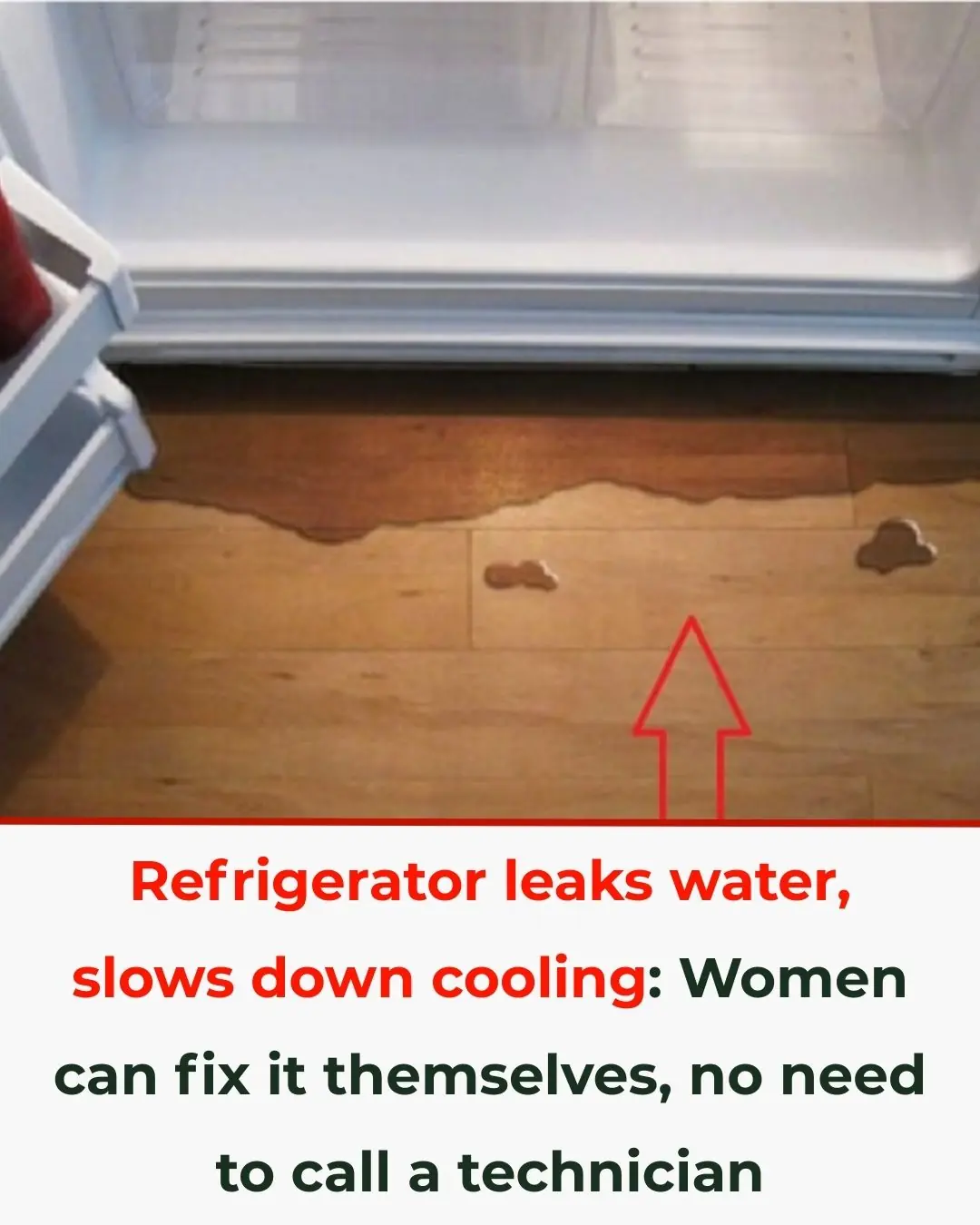
How to Handle Common Refrigerator Problems and a Surprising Lesson from American Toilet Habits

If Your Feet Swell It Is a Clear Sign

Why Doors in Public Bathrooms Don’t Reach the Floor

Nose Picking What This Taboo Habit Really Reveals About Us

Everyday Habits That Can Cause a This Issue To Your Hands
